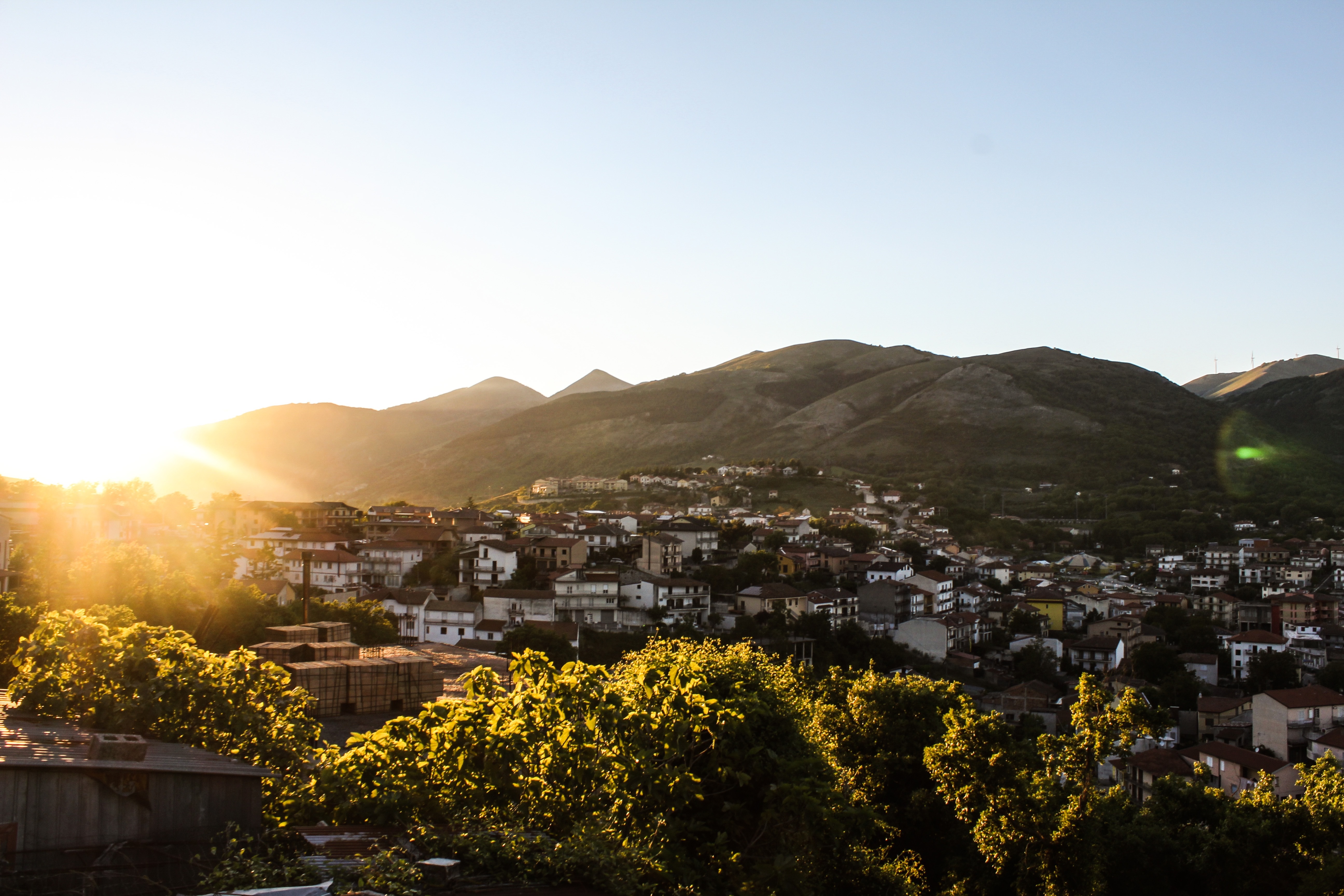“The town is located in the upper Tanagro valley, on the border with Basilicata. The place where San Gregorio Magno now stands - the town recalls in its name the Benedictine Pope Gregory I (590- 604 AD) - belonged in Roman times to the territory of Volcei, today's Buccino. We are inside the ancient Lucania.
The town arose towards the end of the 12th century, as Casale di Buccino. The first direct news on San Gregorio Magno, ascertainable through documentary sources, remains the privilege of 11 November 1200 granted by Pope Innocent III to the archbishop of Conza Pantaleone, with whom the Pontiff confirmed and sanctioned the district of the archdiocese by listing all the lands, abbeys and churches - including that of San Gregorio Magno - included in it. In 1231 the emperor Frederick II of Swabia - as part of the vast work of administrative reorganization to which he subjected all the territories of southern Italy, continental and insular that at that time were part of the kingdom of Sicily - also established the statute of the castles of the Principality Terra di Lavoro and Terra Benevento. From the Statute it appears that St. Gregory, following the fate of many cities and state lands given in fief by Charles I to the French knights who had helped him in the conquest of the Kingdom, was assigned to Gilles de Blémur.
The long war between the Angevins and the Aragonese, which broke out with the Sicilian Vespers of 1282, also involved the municipality of San Gregorio Magno, which was obliged to contribute to the provision of the soldiers of King Charles with the daily payment of a body of wheat and one of wheat. From 1568 until 1678 the feudal lords of the town were the Caracciolo dukes of Sicignano. In 1700 the great-grandson Carlo Tocco, prince of Montemiletto, took over as the sole heir of the last Duchess of Sicignano Ippolita Caracciolo. The years immediately following saw the dismemberment of the ancient feudal heritage: San Gregorio - together with Sicignano, San Licandro and Cardile - was purchased by the Duke of Cannalunga Giacinto Falletti and from this family it passed by succession in 1794 to Giuseppe d'Anna, Duke of Laviano and last holder of the fief. Knowing how to preserve one's history also means being open to innovation: this is why we joined the Wifi Italia project, providing free connection to our citizens ".
